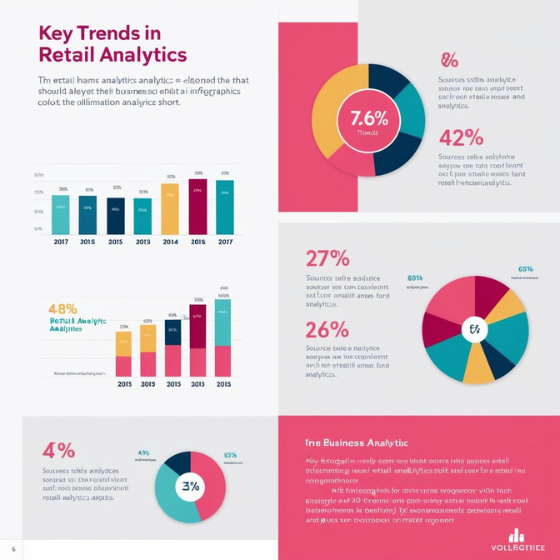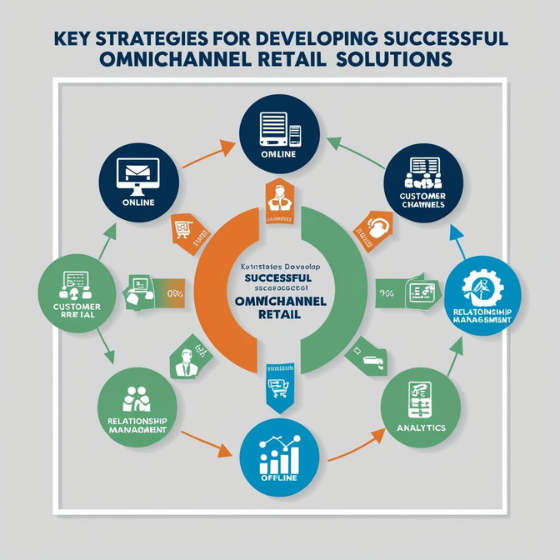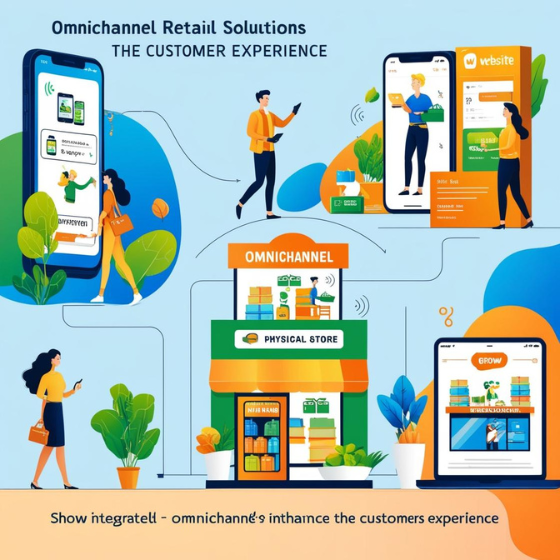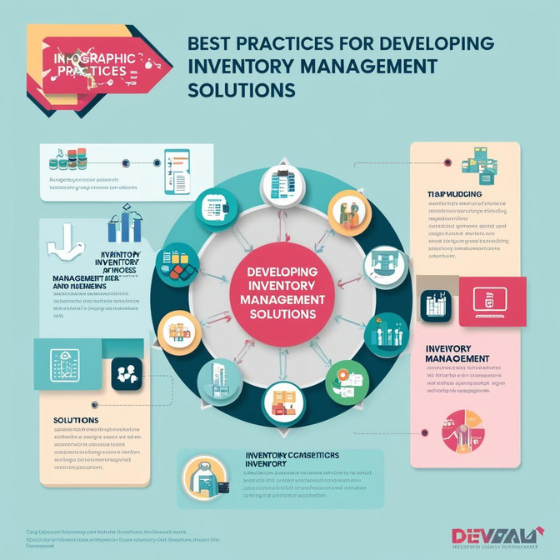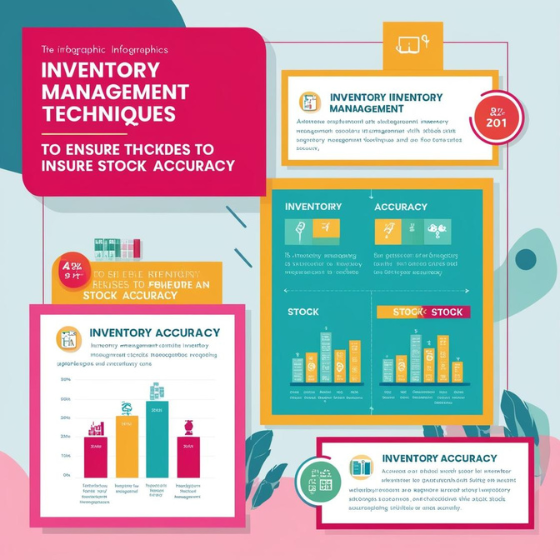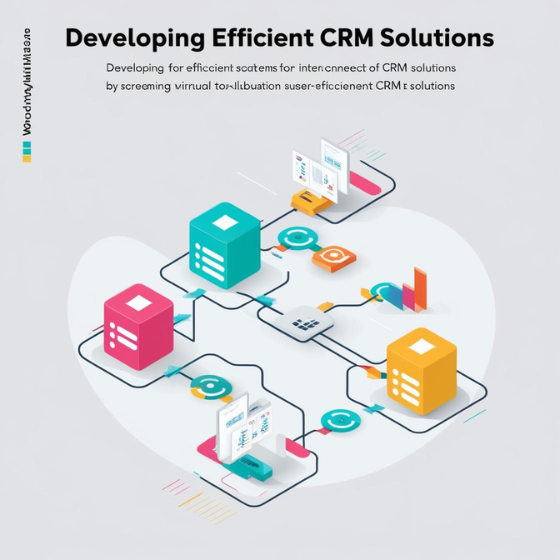Introduction
In today’s fast-paced retail environment, data plays a crucial role in helping businesses stay competitive. Did you know that 80% of retailers consider data analytics essential for making informed decisions? Retail analytics provides insights into customer behavior, sales trends, and operations, enabling businesses to optimize strategies and boost profitability.
In this post, we’ll explore the key trends in retail analytics that are driving growth. By understanding these trends, retailers can make smarter decisions, improve customer experiences, and stay ahead of the competition.
1. Artificial Intelligence and Machine Learning
Artificial Intelligence (AI) and Machine Learning (ML) are revolutionizing retail analytics. These technologies analyze massive datasets to reveal insights that were once difficult to uncover. Retailers can now automate processes and predict trends more accurately, leading to better decision-making.
Key Applications:
- Demand Forecasting: AI helps predict future demand based on historical data, improving inventory management.
- Personalized Recommendations: ML algorithms suggest products based on individual preferences, enhancing the shopping experience.
- Virtual Assistants: AI-powered tools such as chatbots offer real-time customer support, improving engagement and satisfaction.
By adopting AI and ML, retailers gain deeper insights into customer behavior and operational performance.
2. Real-Time Analytics
Real-time analytics has become crucial in today’s fast-paced retail landscape. Retailers need to respond quickly to changing customer behaviors and market conditions. With real-time data, businesses can adjust inventory, pricing, and marketing strategies almost instantly.
Key Benefits:
- Instant Decision-Making: Retailers can act quickly to replenish stock or adjust promotions based on immediate customer needs.
- Enhanced Customer Service: By monitoring customer behavior in real time, businesses can provide personalized experiences and resolve issues promptly.
- Inventory Optimization: Real-time tracking helps ensure products are available when customers need them, preventing overstocking or stockouts.
This trend enables retailers to make agile decisions that keep them responsive to customer demands.
3. Omnichannel Analytics
With consumers interacting across various platforms—online, in-store, and mobile—omnichannel analytics is essential. Integrating data from all customer touchpoints provides a unified view of the customer journey, allowing businesses to create personalized experiences.
Key Benefits:
- Comprehensive Customer Profiles: Omnichannel analytics consolidates data from different sources, offering a complete understanding of customer behavior.
- Seamless Experience: Customers expect a consistent experience across all channels. By analyzing data, businesses can deliver just that.
- Efficient Inventory Management: With omnichannel insights, retailers can track stock across all platforms, ensuring products are readily available.
By using omnichannel analytics, retailers can create a cohesive strategy that meets customer expectations, whether they’re shopping online, in-store, or on mobile.
4. Predictive Analytics
Predictive analytics enables retailers to forecast trends, customer behavior, and demand. By analyzing historical data, businesses can make proactive decisions to stay ahead of market changes.
Key Applications:
- Sales Forecasting: Predictive analytics helps estimate future sales, guiding inventory and promotional strategies.
- Customer Retention: Retailers can identify when customers are likely to churn and take steps to re-engage them.
- Supply Chain Optimization: Businesses can forecast demand fluctuations, ensuring products are in stock when needed.
This trend empowers retailers to anticipate future scenarios and optimize operations accordingly.
5. Customer-Centric Analytics
Customer-centric analytics focuses on gaining deep insights into individual preferences and behaviors. By understanding what drives customer decisions, retailers can improve customer satisfaction and loyalty.
Key Benefits:
- Targeted Marketing: Retailers can create more effective marketing campaigns by segmenting customers based on their behavior.
- Personalized Experiences: With a deeper understanding of preferences, retailers can offer tailored product recommendations and discounts.
- Improved Loyalty Programs: By analyzing purchasing habits, businesses can develop loyalty programs that truly resonate with customers.
Customer-centric analytics is all about putting the customer at the heart of retail decisions, creating stronger, long-term relationships.
6. Cloud-Based Retail Analytics
Cloud computing is transforming retail analytics by providing scalable, cost-effective solutions. With cloud-based platforms, retailers can store and analyze data more efficiently, without the need for complex, on-premise systems.
Key Benefits:
- Scalability: Cloud-based platforms can grow with your business, accommodating increasing data volumes without requiring significant infrastructure investment.
- Cost Efficiency: These platforms eliminate the need for expensive hardware, making advanced analytics more accessible.
- Collaboration: Cloud platforms allow different teams to access and share data, ensuring better communication and alignment across departments.
Cloud-based analytics makes it easier for retailers of all sizes to harness the power of data without the high costs of traditional systems.
7. Social Media Analytics
Retailers are increasingly turning to social media analytics to understand customer sentiment and track brand reputation. By analyzing customer feedback and engagement, businesses can adjust marketing strategies and product offerings.
Key Benefits:
- Sentiment Analysis: Monitor online conversations to gauge customer sentiment, identify potential issues, and refine your brand image.
- Influencer Insights: Social media data helps identify influencers who resonate with your target audience, improving partnerships and outreach efforts.
- Trendspotting: Social media provides real-time insights into trends, allowing retailers to quickly respond to emerging opportunities.
By integrating social media analytics into their strategies, retailers can engage customers more effectively and stay connected to evolving trends.
Conclusion
Retail analytics is continually evolving, and keeping up with the latest trends is essential for staying competitive. From AI-driven insights to real-time data and omnichannel strategies, these trends help retailers make smarter decisions, optimize operations, and improve customer experiences.
At Sodio, we specialize in creating data-driven solutions to help retailers harness the power of analytics. If you’re ready to enhance your retail analytics capabilities, contact us today to explore how we can help your business thrive.
Ready to unlock the potential of retail analytics? Get in touch with Sodio to learn how our solutions can transform your data into actionable insights.
